Annual Egyptological Bibliography
One of the initial goals of the International Association of Egyptologists (IAE) at its foundation in 1947 was to produce overviews of literature relevant to Egyptology, to aid Egyptological research. Jozef M.A. Janssen, a Dutch Egyptologist at Leiden University, was asked to publish a yearly list of titles with abstracts. The first volume appeared in 1948. Volumes 1 (1947)-30 (1976) were published by Brill, volumes 31 (1977)-35 (1981) by Aris & Phillips Ltd.
After Janssen’s death in 1963, Dutch Egyptologist M.S.G.H. Heerma van Voss assumed the task of AEB Editor-in-Chief, with the help of a number of assistant editors. He was succeeded by Jac. J. Janssen (1967–1978), L.M.J. Zonhoven (1979–1984), and W. Hovestreydt (1984–2008).
In the 1980s, yearly volumes of Preliminary Egyptological Bibliography were also published. Due to budget cuts at Leiden University, The Netherlands Institute for the Near East (NINO) took responsibility for the AEB in 1992. Volumes 36 (1982)-53 (2001) were published by NINO. Hovestreydt together with H.S. van den Berg developed a digital administration of the bibliographical information, which led to the publication in 2001 of the CD-ROM Egyptological bibliography 1822–1997 (which included the digitized information of C. Beinlich's Bibliographie Altägypten 1822–1947), and the AEB Online website in 2007.
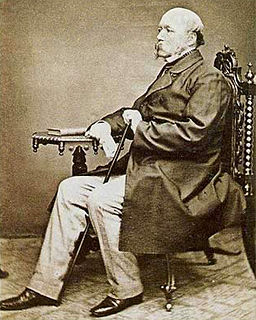
Sir John Gardner Wilkinson was an English traveller, writer and pioneer Egyptologist of the 19th century. He is often referred to as "the Father of British Egyptology".
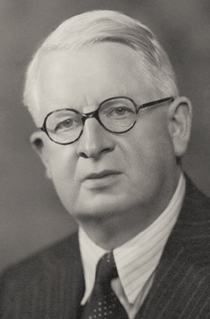
Sir Alan Henderson Gardiner, was an English Egyptologist, linguist, philologist, and independent scholar. He is regarded as one of the premier Egyptologists of the early and mid-20th century.
In the field of Egyptology, transliteration of Ancient Egyptian is the process of converting texts written in the Egyptian language to alphabetic symbols representing uniliteral hieroglyphs or their hieratic and Demotic counterparts. This process facilitates the publication of texts where the inclusion of photographs or drawings of an actual Egyptian document is impractical.
The Griffith Institute is an Egyptological institution based in the Griffith Wing of the Sackler Library and is part of the Faculty of Oriental Studies, University of Oxford, England. It was founded for the advancement of Egyptology and Ancient Near Eastern Studies by the first Professor of Egyptology at the University of Oxford, Francis Llewellyn Griffith. Griffith bequeathed funds in his will for the foundation of the Institute and it opened on 21 January 1939, with its own independent committee of management. Rosalind Moss operated the Griffith Institute from its opening until the mid 1960s.
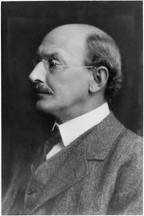
Francis Llewellyn Griffith was an eminent British Egyptologist of the late 19th and early 20th centuries.

Cyril Aldred was an English Egyptologist, art historian, and author.

Sarah Israelit Groll was an Israeli Egyptologist and linguist.
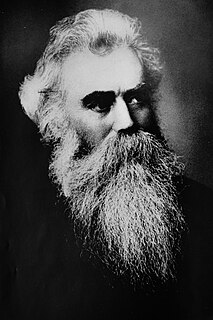
Charles Edwin Wilbour was an American journalist and Egyptologist. Wilbour is noted as one of the discoverers of the Elephantine Papyri and the creator of the first English translation of Les Misérables.
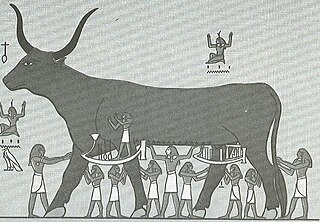
The Book of the Heavenly Cow, or the Book of the Cow of Heaven, is an Ancient Egyptian text thought to have originated during the Amarna Period and, in part, describes the reasons for the imperfect state of the world in terms of humankind's rebellion against the supreme sun god, Ra. Divine punishment was inflicted through the goddess Hathor, with the survivors suffering through separation from Ra, who now resided in the sky on the back of Nut, the heavenly cow.

Maarten J. Raven is a Dutch Egyptologist.

Dishna is an Egyptian settlement west of Qena situated on the north bank of the river Nile.
The Darkroom of Damocles is a war novel by the Dutch writer Willem Frederik Hermans, published in 1958. An immediate success since it was first published, the novel has been printed in numerous editions and is one of the greatest World War II novels. The book has been translated into English twice, in 1962 by Roy Edwards, and again in 2007 by Ina Rilke. It was adapted into the 1963 film Like Two Drops of Water, directed by Fons Rademakers. Le Carré's spy novel The Spy Who Came in from the Cold was in part inspired by The Darkroom of Damocles by Hermans, who suspected plagiarism.

The Netherlands Institute for the Near East is an institution for the advancement of the study of the Ancient Near East, Mesopotamia, Anatolia, and Egypt. It is an independent foundation with close ties to Leiden University, housed at the Faculty of Humanities. The institute was founded in 1939. In 2017 the board of NINO decided to integrate the library into Leiden university and to transform the institute to a pure "research school".
Willemina Zwanida "Willeke" Wendrich is a Dutch and/or American Egyptologist and archaeologist.
Joris Frans Borghouts was a Dutch Egyptologist. He was Professor of Egyptology at Leiden University from 1985 to 2004.
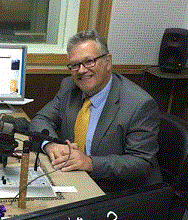
Martin Bommas is a German Egyptologist, archaeologist, and philologist. He is a professor and Museum Director at the Macquarie University History Museum in Sydney, Australia and the Director of the Qubbet el-Hawa Research Project (QHRP) in Aswan, Egypt. He has published widely on ancient Egyptian mortuary liturgies, rituals and religious texts spanning the Old Kingdom to the Christian era. In archaeology, he has examined the Old and Middle Kingdom settlement remains and the 18th Dynasty temple of Khnum at Elephantine as well as the Old and Middle Kingdom Lower Necropolis at Qubbet el-Hawa. As a museum director, his focus is on historical anthropology, decolonisation and the repatriation of illicitly trafficked artefacts.

As of 2018, Wolters Kluwer ranks as the Dutch biggest publisher of books in terms of revenue. Other notable Dutch houses include Brill and Elsevier.

Nora Griffith was a Scottish Egyptologist, archaeologist, illustrator and conservator. On the death of her husband, the eminent Egyptologist Francis Llewellyn Griffith, she founded and endowed the Griffith Institute at Oxford University with their joint fortunes and collections.

Adriaan de Buck was an eminent Dutch Egyptologist. From 1939 he was Professor of Egyptology at Leiden University.
Catharina Blankenberg-van Delden was a Dutch Egyptologist.
This page is based on this
Wikipedia article Text is available under the
CC BY-SA 4.0 license; additional terms may apply.
Images, videos and audio are available under their respective licenses.














